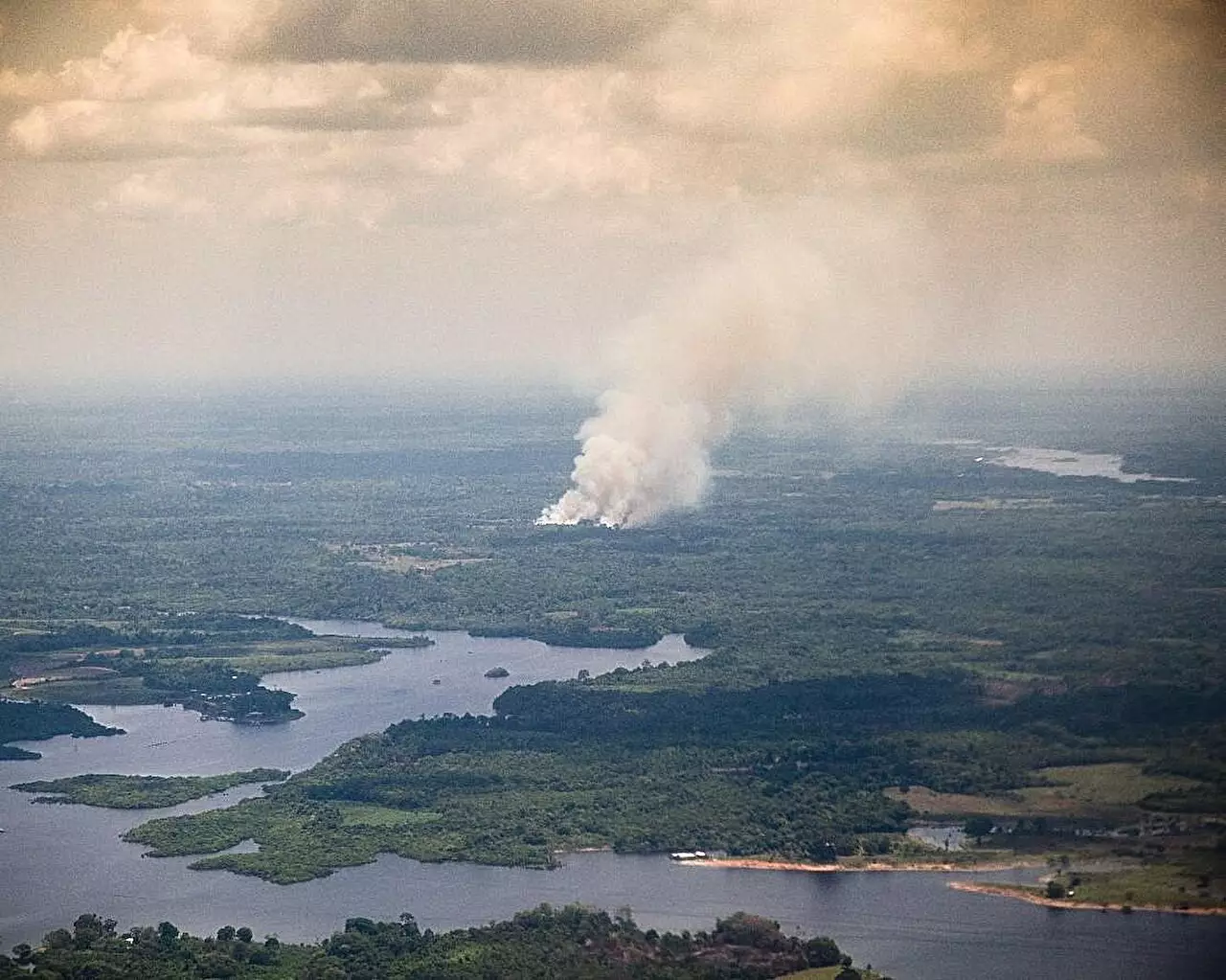Wildfires represent a significant environmental challenge, not only due to their immediate destruction but also because of the long-term implications they have on air quality, human health, and global climatic systems. Most discussions around wildfire emissions typically center on particulate matter of larger sizes and their adverse effects on air quality. However, recent research has illuminated the importance of ultrafine particles (UFPs) present in wildfire smoke, revealing how they can exacerbate existing environmental issues, including cloud formation and precipitation patterns.
Traditionally, the scientific community has underestimated the role of UFPs birthed from vegetation fires, often considering them briefly before dismissing their relevance due to the assumption that they would quickly combine with larger particles and thus be effectively removed from the atmosphere. However, fresh findings from a team that conducted detailed aircraft measurements over the Amazon rainforest reveal a high abundance of these particles in wildfire smoke—challenging established conclusions about their rapid scavenging.
The novel understanding put forth by the researchers suggests that ultrafine particles can survive and persist in smoke for longer periods than previously thought. This revelation is critical, as it points to the potential for UFPs to remain in the atmosphere, influencing weather patterns and contributing to climate change—an aspect that Earth system models have largely neglected.
The study used advanced modeling techniques to analyze the implications of UFPs on precipitation and storm dynamics. The researchers employed simulations from the Weather Research and Forecasting Model coupled with chemistry (WRF-Chem) to explore how UFPs interact with larger smoke particles and how they might affect cloud development and rainfall.
Key findings indicate that UFPs could amplify storm cloud intensity and subsequently increase rainfall. Their ability to improve cloud formation might lead to more significant weather events, presenting both environmental challenges and opportunities for understanding atmospheric science. By integrating emissions of specific compounds such as dimethyl amines (DMA) into their models, the research team was able to demonstrate how these emissions contribute to the longevity and effectiveness of UFPs in influencing weather systems.
This research not only fills critical gaps in knowledge concerning UFPs but also calls into question the foundations of many existing models that analyze wildfire impacts. By shifting focus to UFPs, scientists may need to revise their assumptions regarding the relationship between biomass burning and atmospheric chemistry. As the presence of UFPs was previously thought to be minor due to the overwhelming presence of larger particles, this new perspective underscores the need for comprehensive research on the interactions between different sizes of particles within wildfire smoke.
Incorporating findings from this research into Earth system models could improve predictions related to weather phenomena and climate change. The dual impact of larger smoke particles suppressing rainfall while UFPs intensify storm features highlights the complex interplay within atmospheric systems that must be understood to mitigate the effects of climate change effectively.
The insights gained from this study suggest multiple avenues for future research. There is substantial potential for expanding our understanding of how UFPs formed from biomass burning can impact not just localized weather but also broader, long-term climate trends. More detailed investigations into chemical reactions occurring during combustion processes and their subsequent atmospheric behaviors can enhance existing models and improve predictive capabilities.
Moreover, the health impacts of UFPs, often linked to respiratory and cardiovascular issues, necessitate a more nuanced approach to air quality management as wildfires become increasingly prevalent in environmental discussions. With a glowing inventory of potent health risks, it becomes imperative to consider UFPs when devising public health policies concerning air quality during wildfire events.
The complex dynamics of wildfire smoke, particularly concerning ultrafine particles, underscore the urgent need for updated methodologies and frameworks in atmospheric and climate research. Understanding the interactions within this multifaceted issue will be crucial as we navigate the ongoing challenges posed by climate change and environmental degradation.


Leave a Reply